CBTRUS was incorporated with a founding and sustaining grant from the Pediatric Brain Tumor Foundation in 1992 following a two-year study conducted by the American Brain Tumor Association to determine the feasibility of a central registry for all primary brain tumor cases in the United States. Until that time, standard data reporting in the United States had been limited to malignant cases only. Non-malignant brain tumors, however, may–and often do–impose the same costs to society in terms of medical care, case fatality and lost productivity as do malignant brain tumors. A histologically non-malignant brain tumor may produce devastating effects based on its location, while a malignant tumor may not produce visible symptoms. In addition, as molecular markers have been discovered, it has become clear that certain non-malignant brain tumors may become malignant over time.
Passed in 2002, Public Law 107-260 required NPCR to expand their primary brain tumor data collection to include tumors of benign and uncertain behavior beginning with cases diagnosed January 1, 2004. Data from state cancer registries belonging to CDC’s NPCR and agreeing to participate in CBTRUS were made available in 2012 under a special arrangement with CDC/NPCR and are included in the CBTRUS Statistical Report Supplement. SEER data are obtained from their public-use dataset and are appended by the CBTRUS team to the NPCR data for data analysis. The NPCR and SEER data are the foundation of the CBTRUS incidence data.
Starting in 2012, reports produced by CBTRUS are published as Supplements to the Society for Neuro-Oncology’s journal, Neuro-Oncology as a Free-to-View web publication. The CBTRUS reports continue to be among the most-cited publications of Neuro-Oncology, which currently has an impact factor of 16.40.
The most recent report, The CBTRUS Statistical Report: Primary Brain and Other Central Nervous System Tumors Diagnosed in the United States in 2018-2022 continues the most recent efforts CBTRUS has made to provide accurate, population-based incidence rates for all primary brain tumors by histopathology, behavior, site, age, sex, race-Hispanic origin, and geographic regions of the US. These data have been listed in histopathology groupings with improved clinical relevance.

